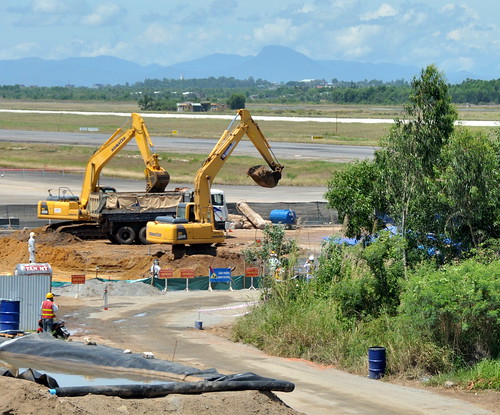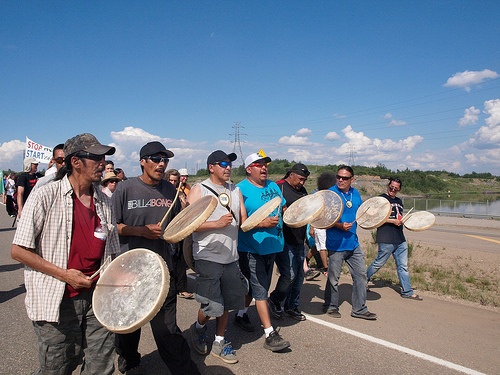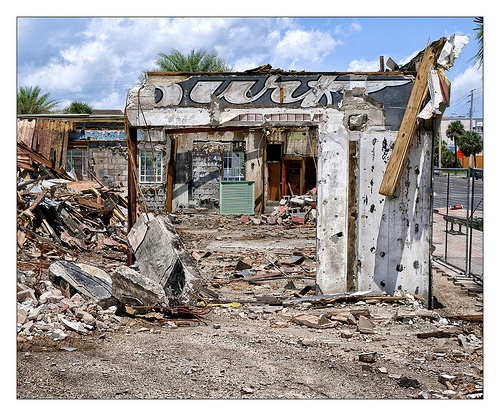The federal Council on Environmental Quality (CEQ) has proposed to revise its regulations administering the National Environmental Policy Act (NEPA) of 1969. NEPA requires federal agencies to assess the environmental effects of their proposed actions, and incorporate this information into their decisions. Government-wide guidance is provided by the White House’s CEQ, established by NEPA and appointed by the President. CEQ issues formal regulations that agencies must follow, and guidance documents that provide additional advice. CEQ also reviews agencies’ NEPA implementation programs, and publishes annual national Environmental Quality Reports.
Read MoreAudit, Compliance and Risk Blog
Trump Administration Proposes to “Modernize” Federal Environmental Impact Assessments by Narrowing Them
Posted by Jon Elliott on Tue, Feb 25, 2020
Tags: Business & Legal, Environmental risks, Environmental, EHS, EPA, clean water, site auditing, greenhouse
In May 2017, the Environmental Protection Agency (EPA) convened a task force of career professionals to evaluate the agency’s Superfund cleanup policies and make recommendations for improvements. The Task Force issued recommendations in December 2017 (I wrote about them here), and has now issued its final report. The report includes multiple examples of accomplishments related to each of the Task Force’s five goals.
Read MoreTags: Environmental risks, Environmental, EPA, site auditing
Bureau of Land Management Amends Methane and Waste Prevention Rule
Posted by Kathy McKinney-Tovar on Tue, Apr 23, 2019
The Bureau of Land Management (BLM) issued a final rule (the 2018 rule) on September 28, 2018 (83 FR 49184) that revised, rescinded, or replaced requirements in its “Waste Prevention, Production Subject to Royalties, and Resource Conservation” (the 2016 rule) (81 FR 83008). The 2016 rule, also known as the Methane and Waste Prevention Rule, required operators of onshore federal and Indian (other than Osage Tribe) leases to take various actions to reduce the waste of gas. The rule established clear criteria for when flared gas qualified as waste and was, therefore, subject to royalties, and also clarified which on-site uses of gas were exempt from these royalties. Prior to the 2016 rule, provisions related to venting, flaring, and royalty-free use of gas were contained in the agency’s 1979 Notice to Lessees and Operators of Onshore Federal and Indian Oil and Gas Leases, Royalty or Compensation for Oil and Gas Lost [NTL–4A]).
Read MoreTags: Hazcom, Oil & Gas, site auditing
On April 19, 2018, EPA released their Environmental Justice FY2017 Progress Report. The report commemorates the 25th anniversary of the Office of Environmental Justice (EJ), highlighting progress advancing EJ in minority, low-income, tribal, and indigenous communities. Among their 2017 successes, EPA documented for the first time measurable environmental outcomes in three program areas: fine particulate air pollution (PM2.5), small drinking water systems, and tribal drinking water systems. In each area, EPA measured significant improvements:
Read MoreTags: Environmental risks, Environmental, EPA, clean water, site auditing
A Beaver’s Tale: Lessons Learned at Cuyahoga Valley National Park
Posted by Rebecca Luman on Tue, Jun 05, 2018
Growing up, my mother was instrumental in our family of eight taking camping trips each summer. By the time I was in 4th grade, I had been in 42 states, Canada and Mexico, and had never been on a plane. We explored, hiked, and camped in state parks, national parks, and forests, traversing the country, with a pop-up camper and a paper road map to navigate our journeys.
Read MoreTags: Health & Safety, Environmental risks, Environmental, clean water, site auditing
One of new Environmental Protection Agency (EPA) administrator Scott Pruitt’s many initiatives has been to change his agency’s approaches to cleanups under the national Superfund law. He announced several basic policy changes in May, and convened a Superfund Task Force to develop detailed recommendations. The task force issued its report late in July, offering 42 recommendations. These are summarized below.
Read MoreTags: Health & Safety, Environmental risks, Environmental, EPA, site auditing
ASTM Updates Phase 1 ESA Standard for Forestland and Rural Properties
Posted by Rebecca Luman on Wed, Jun 14, 2017
On December 1, 2016, ASTM International (ASTM) approved revisions to ASTM E2247-08, Standard Practice for Environmental Site Assessments: Phase I Environmental Site Assessment Process for Forestland or Rural Property. The revisions were made as part of ASTM’s normal review process and through a working group of ASTM’s Committee E50 on Environmental Assessment, Risk Management, and Corrective Action. The changes are aimed at prospective purchasers conducting All Appropriate Inquiries (AAI) on forestland and rural property, and include updated methodology for site reconnaissance, clarified language for recognized environmental conditions, and removal of unessential information. This current version, now designated E2247-16, replaces the “historic” 2008 version as ASTM’s current consensus-based standard.
Read More






